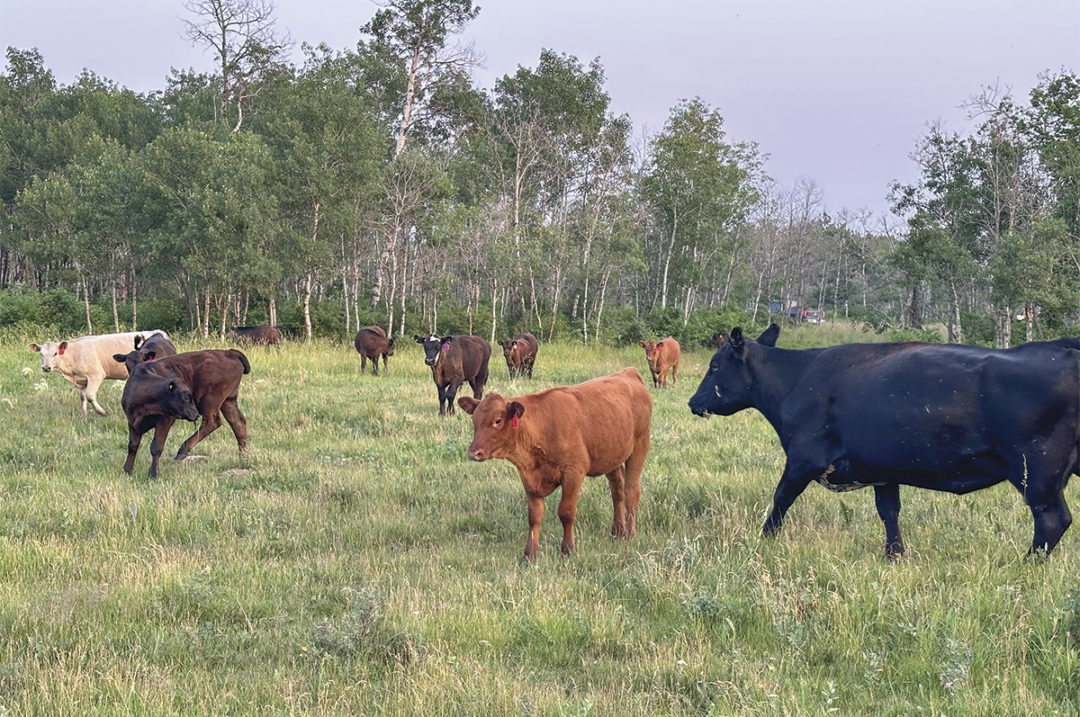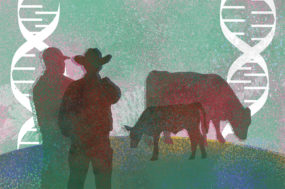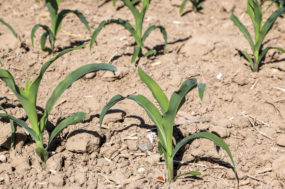Evidence of change greets us every day on the ranch. Whether that looks like a new calf or the seasons changing a little faster than in the past, cattle producers have adapted to change for generations. Sustainable and regenerative principles in cattle ranching are not new, but ranchers may not know how to revolutionize ranching with these practices to make cattle operations more resilient for whatever comes next.
Regenerative principles are sustainable because they are tailored to each operation. There is no one-size-fits-all model or prescribed practices to follow. Instead, regenerative principles focus on improving and restoring soil health and biodiversity while making a more resilient operation that maintains and improves profitability. It looks at the entire operation as an interconnected unit, understanding that decisions made have a ripple effect.
Getting started
Regenerative ranching is a mindset cattle producers adopt to help them continuously improve their operations. Unlike other programs, there is not a checklist or certification. Instead, it is incorporated into daily operations and long-term planning through guiding principles, which creates a better and healthier operation. Producers work with nature, their land, and its unique attributes and needs to adapt their practices and support soil health and biodiversity.
Cattle producers can start with the infrastructure they currently have. They do not need costly investments to practice regenerative ranching. Temporary fencing is one way to start a grazing practice, and areas can be configured to use existing water sources. Some operations develop a brush control plan and work through it as time allows. Experts recommend looking at the return on investment for different practices too, as some help decrease winter feeding by using regenerative ranching, which in turn, increases profitability.
Soil first
Regenerative ranching principles center on soil health and biodiversity. One of the easiest ways to put your soil first is to make sure it is protected with a cover crop or some type of forage. Bare soil erodes or blows away, making it impossible to improve soil health. However, a steady covering ensures that you can improve the soil health using other principles and practices.
Soil disturbance is another issue that works against regenerative ranching principles. Tilling the land, fires, grazing and pesticide applications are all defined as soil disturbances. Avoiding these helps put the soil first. Understandably, you may be surprised to see grazing on this list; however, grazing done correctly can be included in regenerative ranching.
Plant power
Diverse plant species have roots that form an interconnected web in the soil, which supports the nutrient cycle and holds more water. Plant diversity depends on your geographic location and land, so work with a specialist or research which plants to add.
There are four ecosystem components to consider in regenerative ranching: energy flow, water cycle, nutrient cycle and community dynamics. The sun powers the grasses and is responsible for energy flow. Water travels through evaporation, transpiration, and precipitation and moves through the soil. The nutrient cycle depends on many factors including the energy flow, water cycle, soil cover, insects and microbes for its functionality. Finally, there is community structure, which is how everything is interconnected and changes over time. All four ecosystem components are codependent.
Grazing
Livestock are important for regenerative practices, and their presence is part of what made the Great Plains and other areas nutrient-rich locations. Grazing is one of the first regenerative ranching practices that many in the cattle business think of. Adaptive multipaddock grazing (AMP or adaptive grazing) is a technique that many cattle producers adopt because it mimics the natural behavior of cattle. A group of animals graze a small area, and then move on after a few days. In this case, the cattle operation moves them to a new location.
Intense grazing shortens grasses, but the cattle are moved before the land becomes bare, protecting the soil. Cattle churn manure and urine into the ground, helping provide the soil with nutrients and organic matter. Then, the field has a chance to rest, recover and grow while the cattle graze a new area.
Additionally, cattle adapt to this practice. They begin foraging on more than just the grass and become easier to handle, moving to new areas without an issue. Ideally, this expanded foraging on diverse plants also means less nutrient supplementation because the cattle are getting what they need from their environment.
The priority with adaptive grazing is to avoid overgrazing at all costs. Grazing decisions are made based on how often an area is grazed, the time of year it is grazed, how long the cattle are on it and the number of cattle grazing the area. There is a bit of trial and error to the regenerative ranching and grazing process because each ranch is different, and all these other variables contribute as well.
Regenerative ranching principles are sustainable and continue revolutionizing cattle farming. It is an ongoing process that begins with developing a mindset that understands the land where the ranch is and works with nature to make improvements. These continuous farm improvements increase biodiversity, improve the environment, build resilience and increase profitability. Growing greener is a win-win situation for the environment and the cattle operation.








